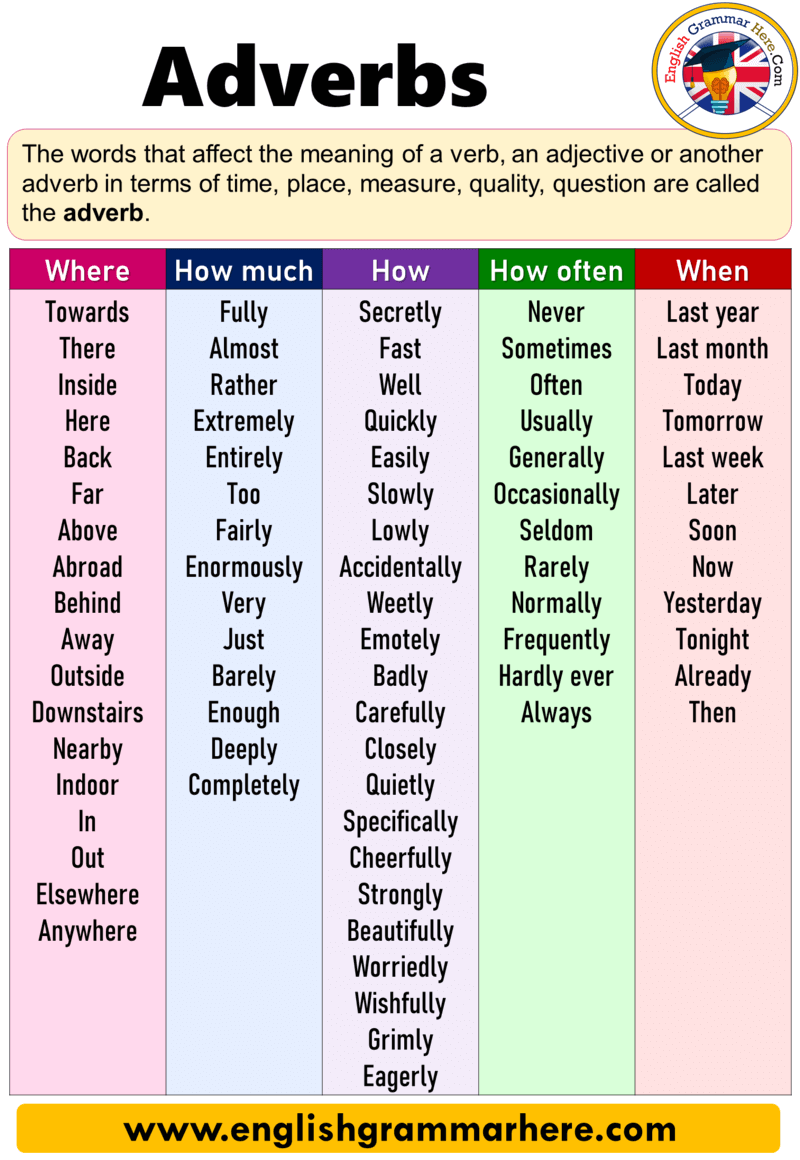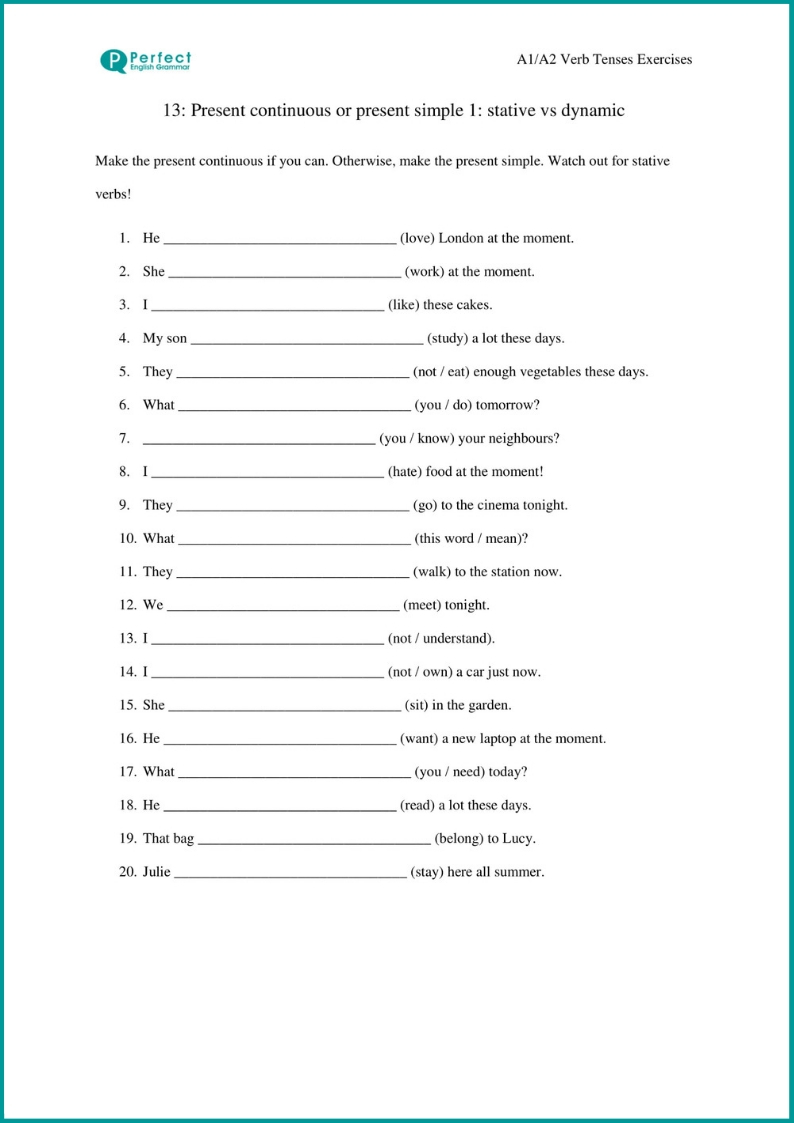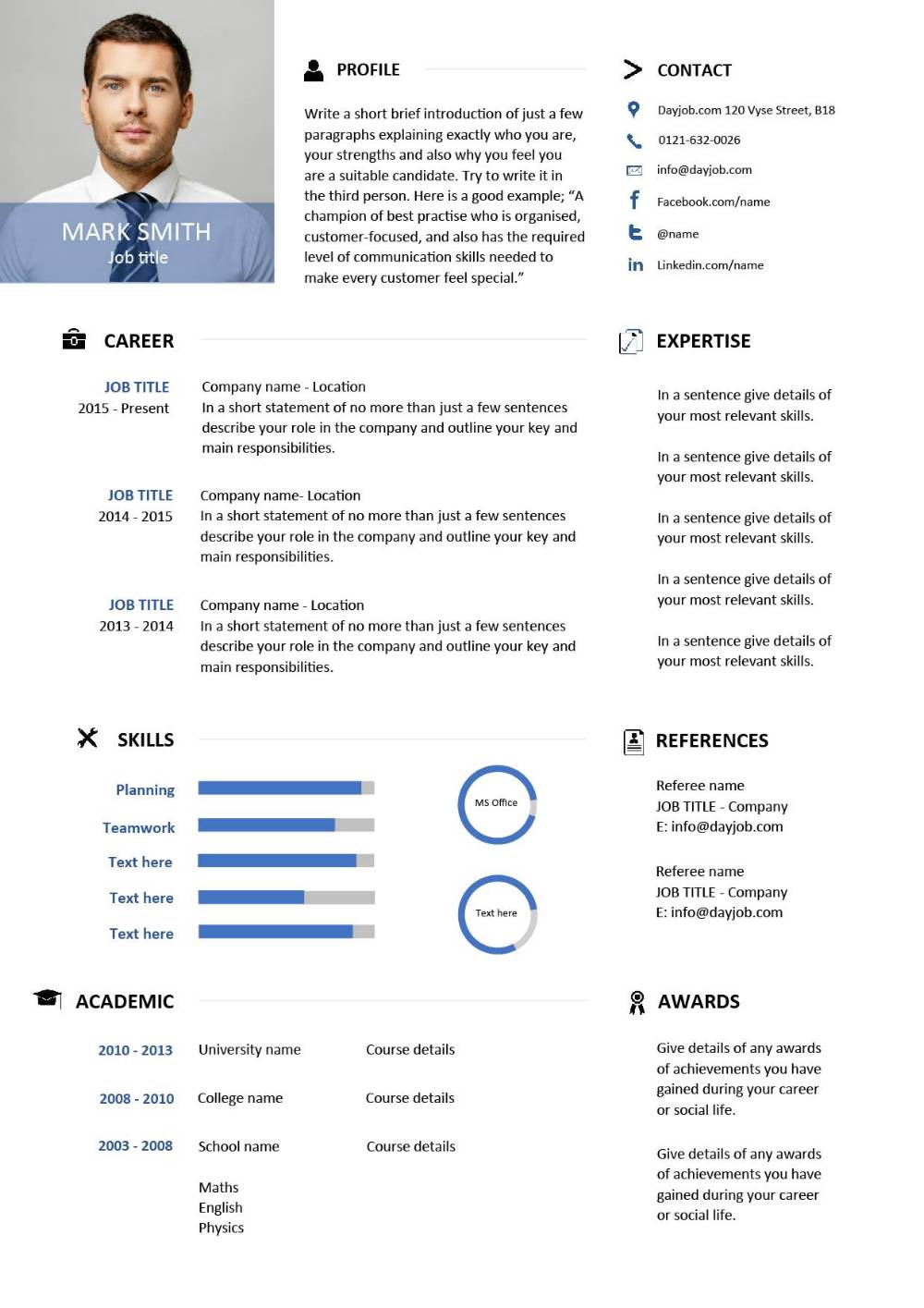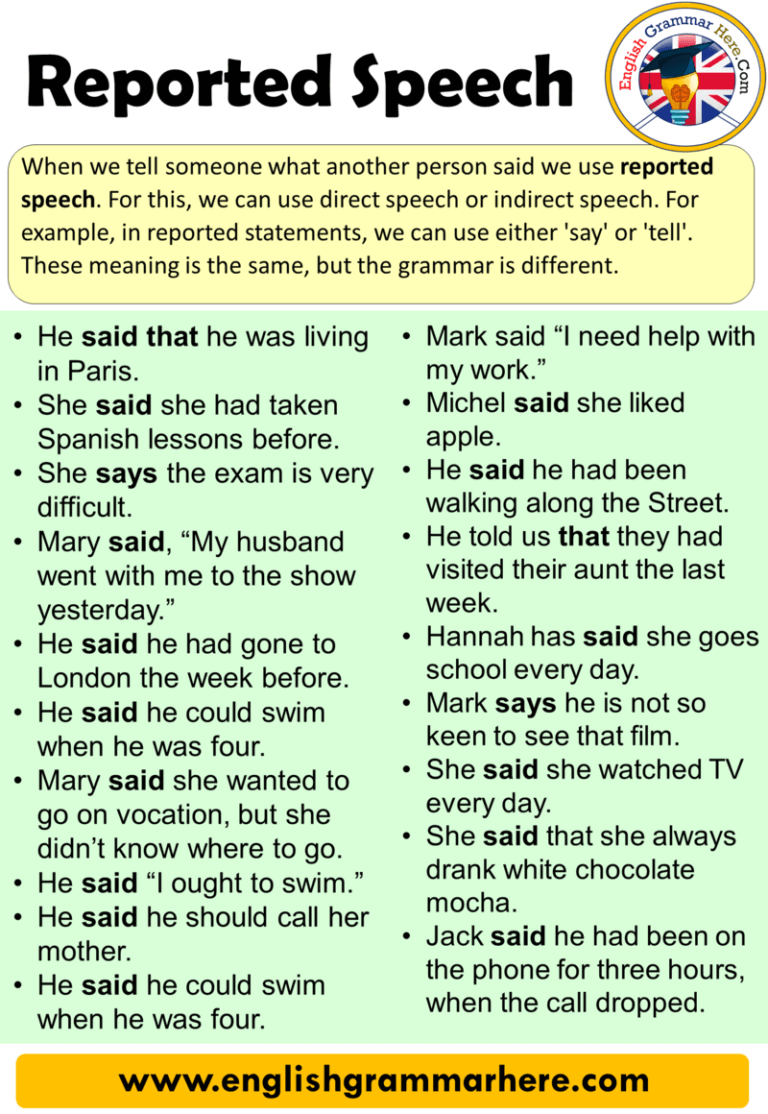Modal auxiliary verbs are used to show a necessity, capability, willingness, or possibility. Unlike most verbs, there is only one form of these verbs. Typically, verb forms change to indicate whether the sentence's structure is singular or plural. Most verbs also indicate whether something happened in the past, present, or future.
This is not the case with most modal auxiliary verbs, which makes them simpler to understand and use correctly. Modals/ modal verbs/ modal auxiliary verbs are a special type of verbs present in English grammar. These verbs are used irregularly in English grammar.
Uses of modal verbs in English grammar includes providing extra information about the action of the main verb. Modal verbs are so common that most English speakers don't even know what the grammatical name for them is. Note that modal auxiliary verbs are a type of auxiliary verb. Auxiliary verbs encompass tenses, aspects, modality , voice, emphasis and so on.
There are many other category of verbs in English like phrasal verbs. In this ESL skills course you can learn natural English phrases. Learn even more about English grammar in this introduction to grammar course. These auxiliaries express obligation, possibilities, permission or ability in a sentence by adding meaning to the main verb.
As per modal verbs rules, the spelling or form do not change, unlike other verbs. A small group of auxiliary verbs, called the modal verbs are only used in combination with ordinary verbs. A modal verb changes the other verb's meaning to something different from simple fact. Modals may express permission, ability, prediction, possibility, or necessity. In English, modal verbsare a small class of auxiliary verbs used to express ability, permission, obligation, prohibition, probability, possibility, advice. Have to is often grouped with modal auxiliary verbs for convenience, but in fact it is not a modal verb.
In the have to structure, "have" is a main verb. You may also find modal verbs referred to as "auxiliary verbs". This is because they help the main verb by adding extra information about it to the sentence. The information it adds lets the listener know things like our intentions, the likelihood of an event, or if they are capable of or allowed to do something. This activity will get students up and moving while they practice what they have learned about modal auxiliary verbs.
Modals (can, will, should, etc.), also known as modal auxiliaries, are difficult to learn because they seem to function like a verb but don't follow the same rules. We will examine the forms, meaning, and use of modals in more depth. The English modal verbs are a subset of the English auxiliary verbs used mostly to express modality (properties such as possibility, obligation, etc.). They can be distinguished from other verbs by their defectiveness and by their neutralization (that they do not take the ending -s in the third-person singular). Since modal auxiliary verbs do not have a past tense form, we can use the modal auxiliary along with the word 'have' and a past participle. Past participles typically end in -d, -ed, -n, or -en, creating the past tense 'wished, looked, taken,' and so forth.
Let's take a look at an example in the present tense. Note that the preterite forms are not necessarily used to refer to past time, and in some cases, they are near-synonyms to the present forms. Note that most of these so-called preterite forms are most often used in the subjunctive mood in the present tense.
The auxiliary verbs may and let are also used often in the subjunctive mood. Famous examples of these are "May The Force be with you." and "Let God bless you with good." These are both sentences that express some uncertainty; hence they are subjunctive sentences. As if English wasn't hard enough to learn, modal verbs complicate things even further. There are a lot of irregularities in the English language that can be confusing to students learning it as a second to their native tongue.
English and other Germanic languages, however, utilize modal verbs to help express a function and are vital to gaining command of the English language. Prepared list of sentences using a wide range of modal auxiliary verbs . Modal auxiliary verbs like can, may, ought, shall, and wood are used to suggest an impending or possible upcoming action. Learn to identify modal auxiliary verbs, understand their purpose, and indicate past tense with the provided examples. Shall is a word that is used in England to express a future promise and to form a simple present for I and we. It's commonly used in formal and legal situations in the United States to form polite questions that include a polite request for permission.
It can also be used to offer assistance, make suggestions, or ask for advice. There are a wide variety of modal auxiliary and their function. So, let's waste no more time and begin the learning journey. Modal verbs are auxiliary verbs that express a speaker's attitude and the strength of that attitude. They have multiple meanings and sometimes overlap in ways that are confusing to English learners.
Write down all the sentences with modal auxiliary verbs. Indicate what type of modal auxiliary verb is used in each sentence. In this month's Teacher's Corner, we present four activities that focus on the form, meaning, and use of modals in everyday English.
The activity offered in Week 1 uses common classroom instructions to help learners differentiate between modals expressing necessity and those expressing possibility. Week 2 gives learners a chance to recognize equivalent simple and phrasal modals. In Week 3 an activity explains how to teach a common speech act.
We end the month with a common icebreaker activity adapted to emphasize modals. The verbs dare and need can be used both as modals and as ordinary conjugated (non-modal) verbs. As non-modal verbs they can take a to-infinitive as their complement (I dared to answer her; He needs to clean that), although dare may also take a bare infinitive (He didn't dare go). In their uses as modals they govern a bare infinitive, and are usually restricted to questions and negative sentences.
Ought is used with meanings similar to those of should expressing expectation or requirement. The principal grammatical difference is that ought is used with the to-infinitive rather than the bare infinitive, hence we should go is equivalent to we ought to go. Because of this difference of syntax, ought is sometimes excluded from the class of modal verbs, or is classed as a semi-modal. The negated forms are will not (often contracted to won't) and would not (often contracted to wouldn't). For contracted forms of will and would themselves, see § Contractions and reduced pronunciation above. All of these modal verbs must come before a verb to help express at least one of the modality examples listed above.
In some cases, though they can be used to express more than one modality, but you'll see more on that in the following section. So, let's take a look at some example sentences and highlight how the modal verb is expressing modality and adding more information to the verbs that follow them. In English grammar, a modal is a verb that combines with another verb to indicate mood or tense.
A modal, also known as a modal auxiliary or modal verb, expresses necessity, uncertainty, possibility, or permission. In definitions, it is referred to as a helping verb. There are certain modal verbs rules that encircle their use. It can be very beneficial if one can learn the rules and use of modal verbs as this will help you make grammatically correct English sentences.
In this week's Teacher's Corner, students work together to rewrite sentences that use either simple or phrasal modals. This activity is a great way to draw attention to modals, to their different forms, and to how those different forms can create slight differences in meanings. Walk into a classroom in the United States, and you'll see a variety of posters stating different classroom rules and instructions for students.
Some of these posters might include phrases such as raise hand to speak or don't interrupt another student. Even if there are no posters, most teachers have a list of classroom rules and instructions. These rules are usually written as short phrases without modals; however, a modal is still implied. Modals can be defined as a subset of the English auxiliary verbs and are used to show modality like obligation, and possibility, etc. They don't have an infinitive form or participle which can be used to differentiate them from other verbs along with their neutralization. There are certain rules which surround the use of modal verbs, for example the word 'to' must never be used after a modal verb.
Learning these rules and how a modal verb can function within a sentence can greatly help you in forming grammatically correct sentences. Learn modal verb definition and how to use modal verbs in English with useful grammar rules, ESL infographic and example sentences. Etc also match the classic definition of modal verbs. So while linguists may like to consider modal verbs as a syntaxical category, in the context of language teaching or learning it is more useful to study modal verbs as a semantic family. In academic writing, modal verbs are most frequently used to indicate logical possibility and least frequently used to indicate permission.
Eight modal verbs are listed under each of the functions they can perform in academic writing, and are ordered from strongest to weakest for each function. Notice that the same modal can have different strengths when it's used for different functions (e.g., may or can). Modal verbs indicate possibility, obligation or ability. Find out how your child will be taught about modal verbs in grammar lessons in KS2 and the kinds of activities they might be asked to complete in the primary-school classroom. After each sentence is read, the students must raise a card to indicate which type of modal auxiliary verb was used in the sentence.
They may raise both the past tense card and another if both apply. Look at the way these sentences indicate a possibility, necessity, capability, or willingness. The modal auxiliary verb is bold in these sentences. The modal 'can' is a commonly used modal verb in English.
It is used to express; ability, opportunity, a request, to grant permission, to show possibility or impossibility. It is this large amount of functions and the fact that 'can' is replaced by other modals when it is used to express future or past time that often lead to certain errors. The nine main modal verbs express a range of meanings, which may differ very subtly. The main meanings, especially those used in formal English, will be summarised here.
An extension to this activity could have students writing their own sentences using simple or phrasal modals as they choose. Turn their attention to the modals written on the board. Explain that simple modals are single words while phrasal modals are phrases using the verbs be or have. Tell learners that the simple modals on the board can be matched to a phrasal modal. The two modals do not mean exactly the same thing, but they can be used in similar ways.
Often 'could' can be used to replace can to express modality in a slightly different way. Look at the first example for can again – if you changed 'I can run' to 'I could run' you are still expressing ability, but you are now expressing past ability instead. Try replacing could in the other two sentences too. Read the following examples and explanations carefully.
Part 1 explains the grammar of modal verbs and where they are placed in a sentence or question. Part 2 explains the meaning of each modal verb and provides example sentences. Use the infinitive form of the main verb instead of "to" when using modal verbs.
When I come home from the grocery store and realize that my potato bin is empty, I will use past tense. To change this sentence, which currently uses the modal auxiliary verb 'should,' to past tense, we would follow the rule we just discussed. When the modal verbs 'should' or 'ought to' are used it indicates that there is a requirement to carry out an action, but it has yet been completed. There could be many reasons why that obligation has not been enacted.
Usually, a phrase, clause or sentence will explain why the action has not yet been completed. The connective 'but' often links the clauses. English speakers use the modal verbs "should," "ought to" and "had better" to express that they think something is a good idea.
"Should" is the most common way to give advice. Words and expressions in English, apart from the main modal verbs, which also express modal meanings. Auxiliary verbs add grammatical or functional meaning to the clauses in which they are used. They can be used to express aspect, voice, modality, tense, etc.
For example, I have read this book so many times. "Have" is an auxiliary, which helps express the perfect aspect. In English, for example, phrases such as would dare to, may be able to or should have to are sometimes used in conversation and are grammatically correct.





























